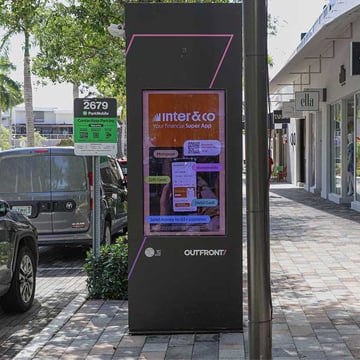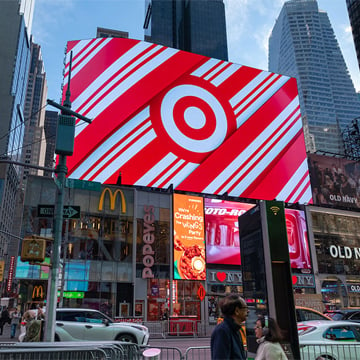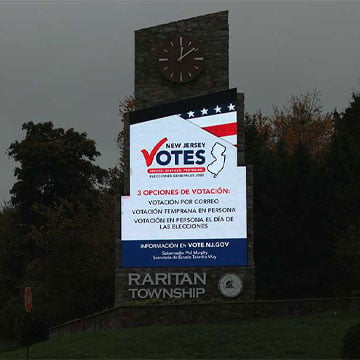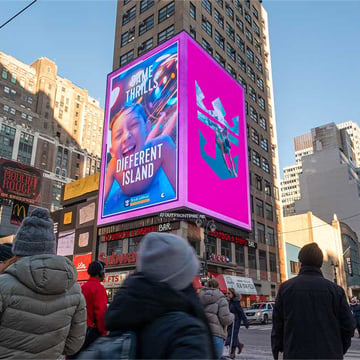
What Are the Top Advertising Media Trends of 2025?
January 23, 2025
How are brand marketers and media buyers navigating the shifting sands of 2025? You’ll find the answers in OUTFRONT’s 2025 Advertising Trends Report. This is the second in a three-part series on the report’s top findings following last week’s exploration of 2025’s top consumer trends.
Want more than just the high points? You can download the full report now, with over 50 pages of essential trends for marketers and media buyers to wrap their heads around.
Here are five essential items from the media trends section.
“Brain rot,” click fraud, and risky content dull digital’s impact.
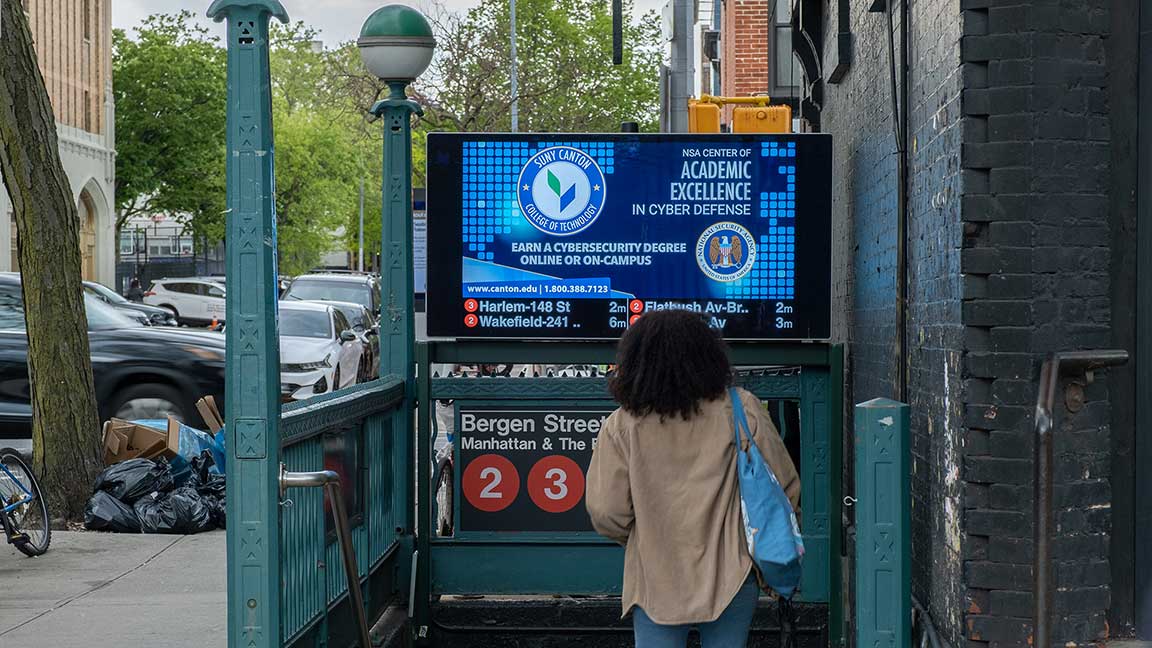
Digital advertising is fraught with danger these days. Click fraud and invalid traffic cost advertisers billions of dollars. Risky content poses adjacency risks that can put unwitting brands right in the crosshairs of unintended outrage, damaging brand opinion and purchase intent.
And then there’s the Oxford University Press’ word of the year: “brain rot,” the unfortunate effect of overconsumption of unstimulating online material. Alongside that, the constant deluge of ads online, especially those with a poor user experience, has made consumers less receptive to digital advertising in general.
(SOURCES: Oxford University Press, VML, Optimove, Trafficguard, IAS)
Multitasking damages impression quality across TV and paid social.
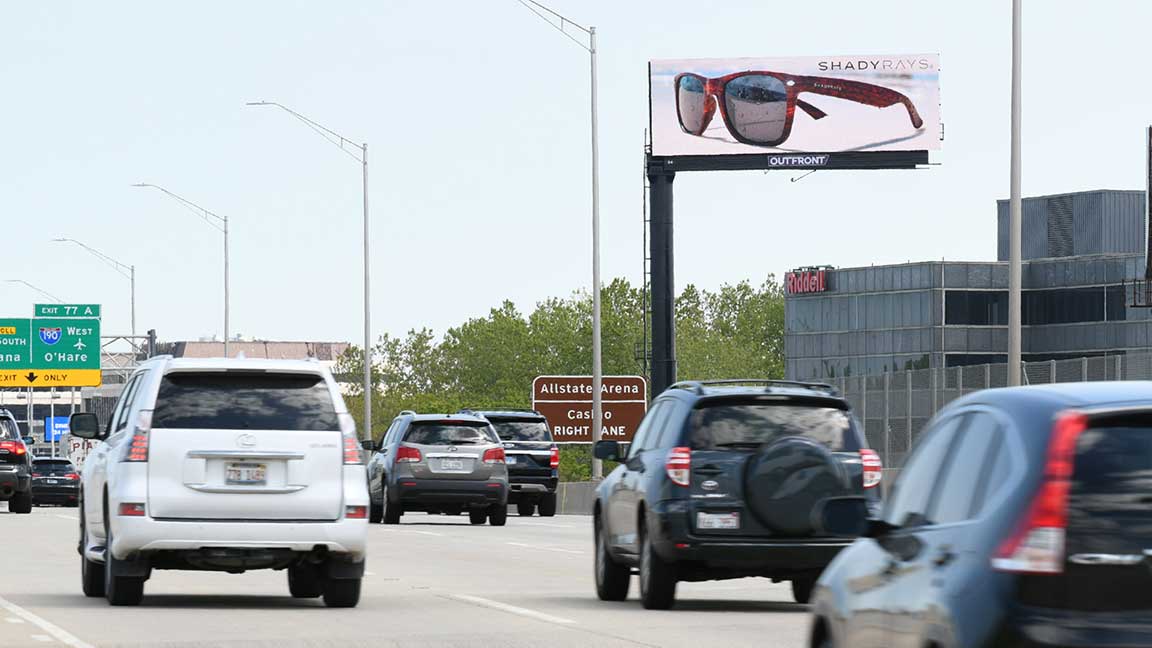
While multitasking has allowed us to squeeze over 32 hours of activity into a 24-hour day, that increase in productivity comes at a cost: a decrease in attention. Splitting our attention negatively between tasks impacts recall, memory encoding, and stress levels. This is especially significant for advertising on social and TV, where 52% and 93% respectively report regularly multitasking.
Compounding the question of how much of an impression a TV impression actually makes, an estimated 1 in 4 TV spots plays out to an empty room.
(SOURCES: Activate Consulting, Computers in Human Behavior, LG Ad Solutions, Equibity)
Social media, influencers drive both product discovery and conversion.
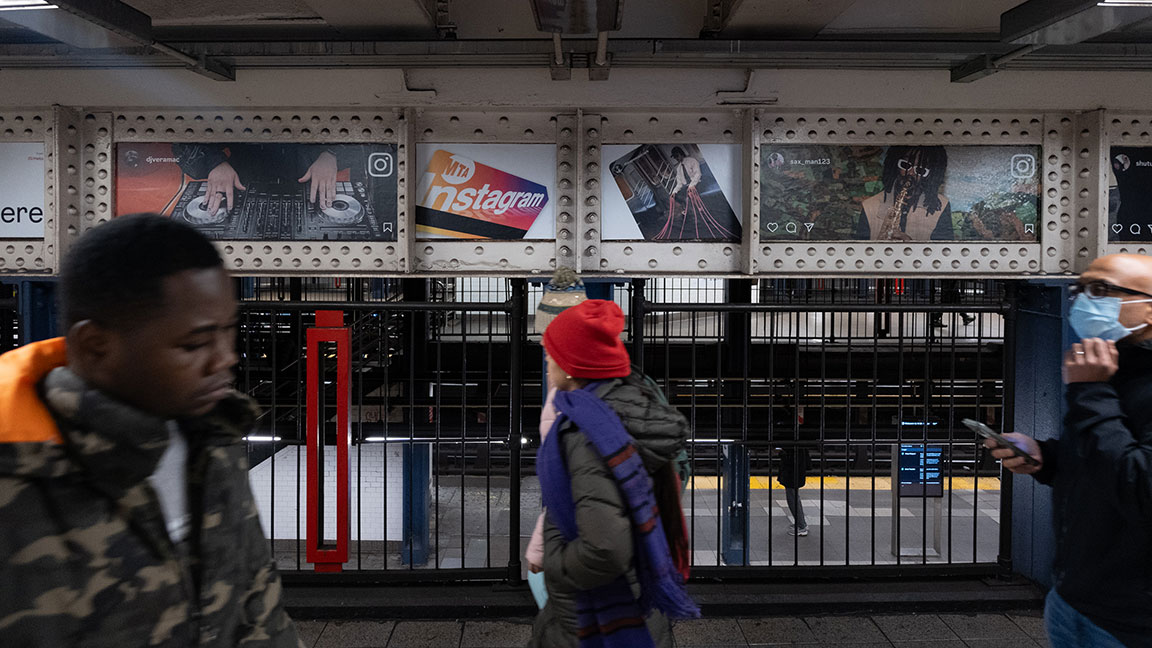
Finding yourself frustrated with search lately? You’re not alone. And it’s not just Google – even e-commerce retailers are neglecting the user experience of their websites, earning a C grade or worse for product discovery purposes from 4 in 10 consumers.
To fill the vacuum, social media – particularly content created by influencers – is growing in importance along the buyer’s journey. Originally, the focus was on top-of-funnel purposes like product inspiration; now they’re also utilized to drive conversion and other down-funnel KPIs. But no matter which stage it’s intended to impact, authenticity – which consumers define as consistency (56%) and honesty (43%) – is the most important element of a successful partnership.
(SOURCES: Constructor, Journal of Marketing, Forbes, NielsenIQ)
Contextual relevance and a focus on people enhance the emotional response that gives ads oomph.
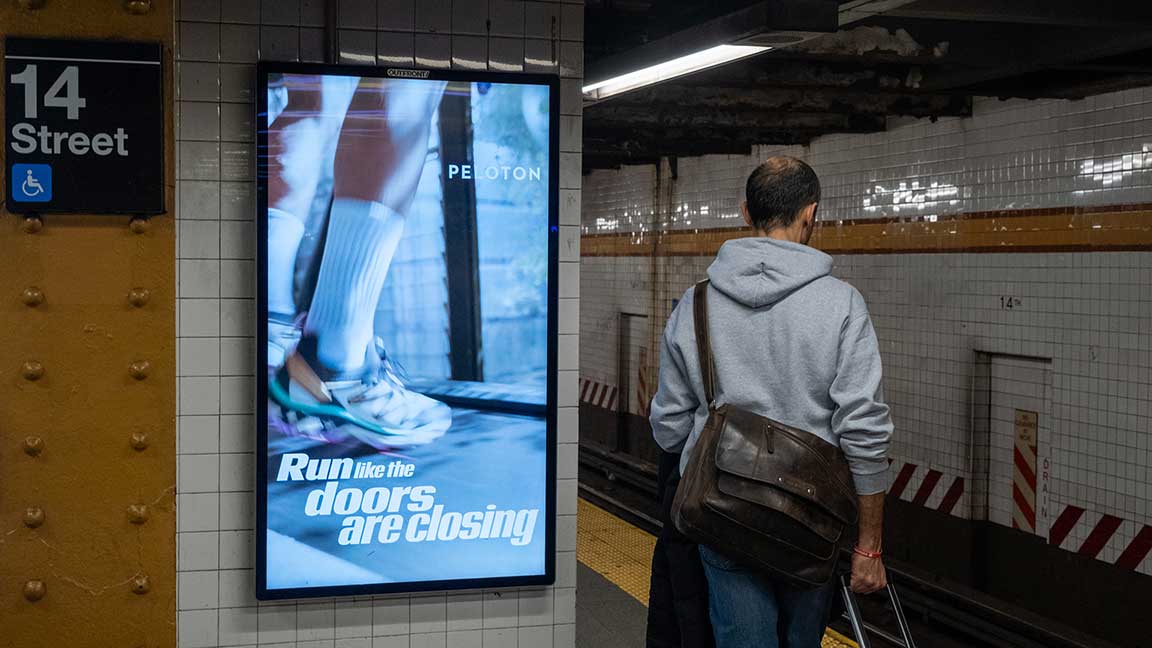
Ultimately, at the end of the day, people just want to feel something. And ads that generate an emotional response are 3.5x more impactful than those that make a rational argument, especially when it comes to driving word of mouth, building mental availability, and creating a distinctive image.
What generates emotional response? People. Creative featuring humans makes a bigger impact than that focused on product, increasing brain response peaks, long-term memorability, and personal relevance. Last but certainly not least, using dynamic digital to create contextual relevance is a reliable hack for keeping a campaign fresh, improving recall, favorability, and purchase intent.
(SOURCES: IAS, System1 Group, Australian Advertising Effectiveness Rules)
High-attention media gains recognition for its superior value and performance.
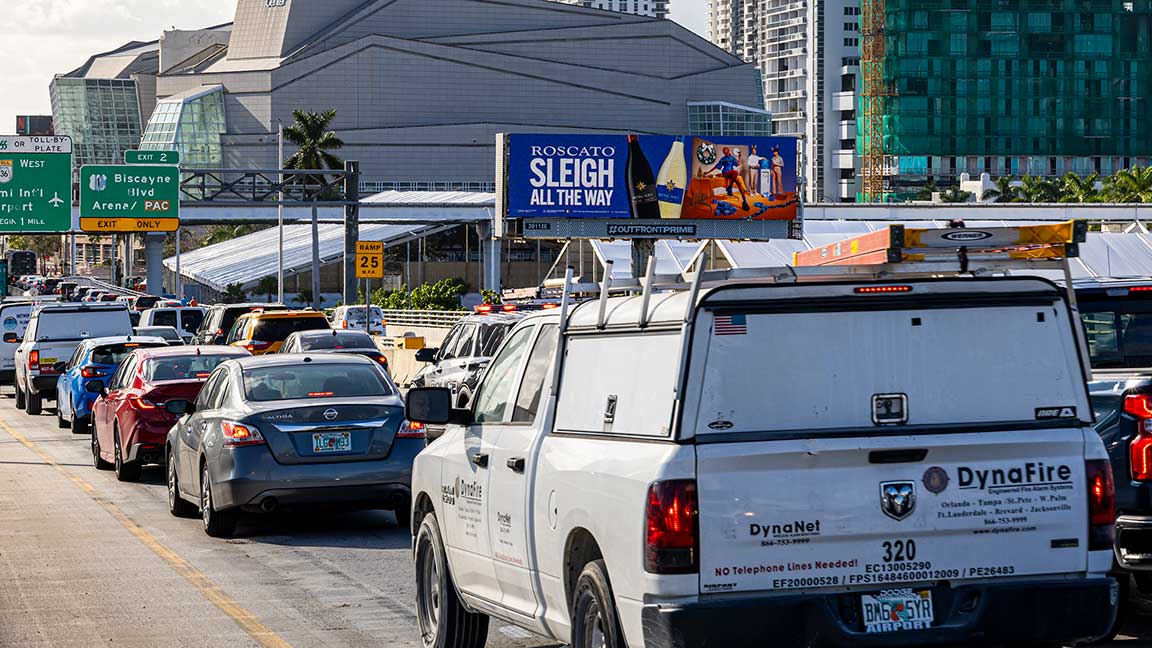
Two and a half seconds – that’s all it takes for attention to become memory. But only one in five ads cross that critical threshold. What difference does it make? Media that hold at least two and a half seconds of attention deliver a 65% lift in business effects like profitability and customer acquisition.
Not only does high-attention media lift brand metrics like familiarity, favorability, and consideration, it also lifts conversion rates by 130% and incremental sales by 157% while reducing the cost per conversion by 51%. Best of all, there’s no correlation between attention and CPMs – making the good stuff (like out of home) a great value.
(SOURCES: Amplified Intelligence, EARC, Havas Media Network/Lumen, Amplified Intelligence, IAS)
Those are the top advertising media trends for 2025. In our next edition we’ll explore the trends in out of home that position advertising’s favorite medium as the unsung hero of your 2025 media plan. Fan of immediate gratification? Download the full report here.
Author: Jay Fenster, Marketing Manager @ OUTFRONT
Links to third-party content are not endorsed by OUTFRONT Media. Past performance may not be indicative of future results. OUTFRONT does not guarantee specific results or outcomes.
